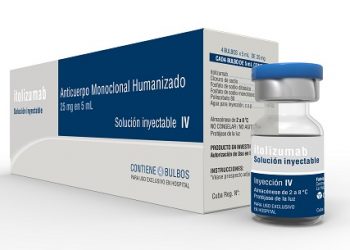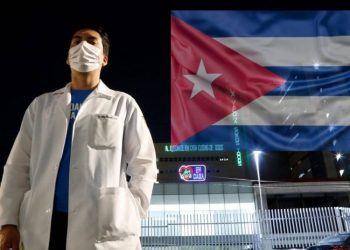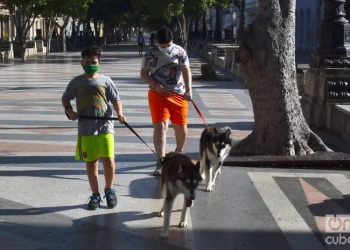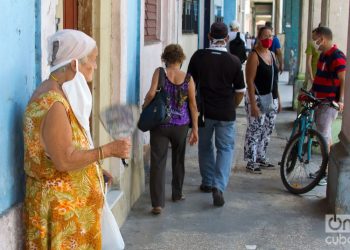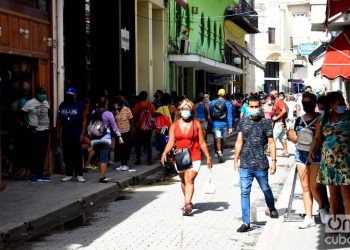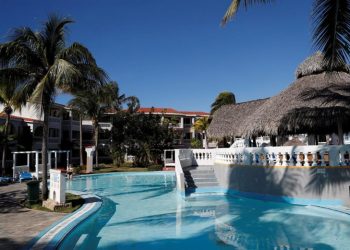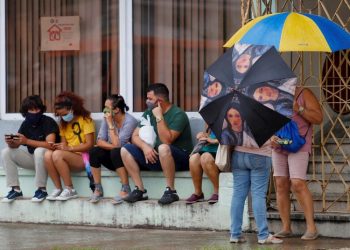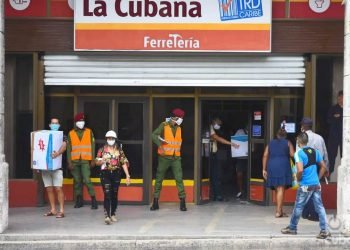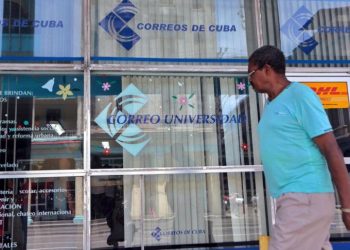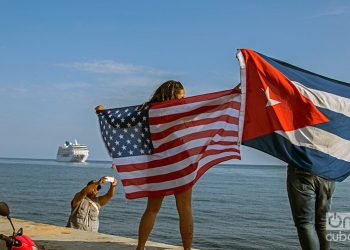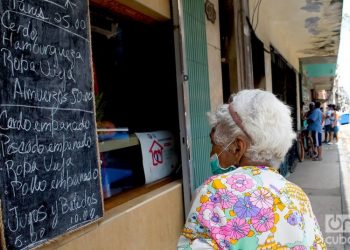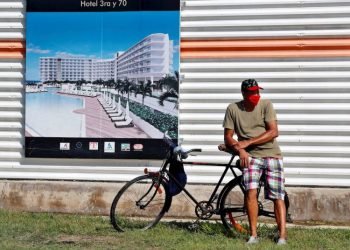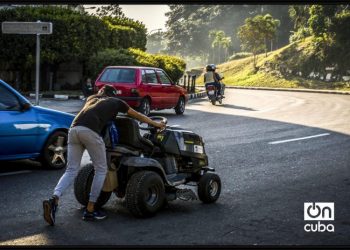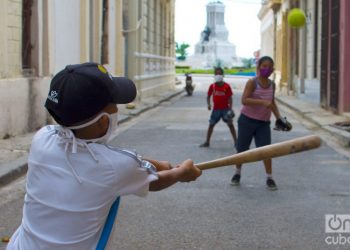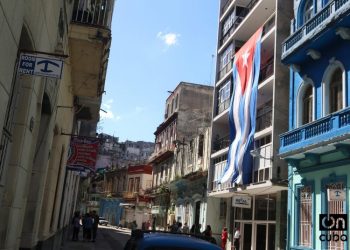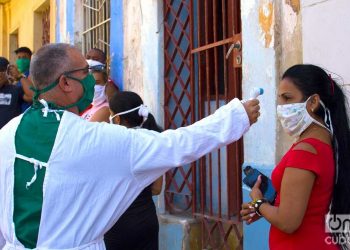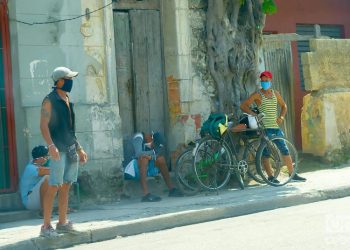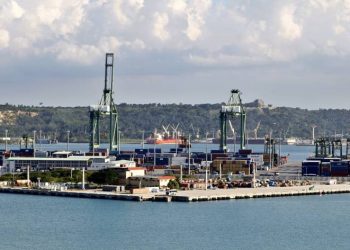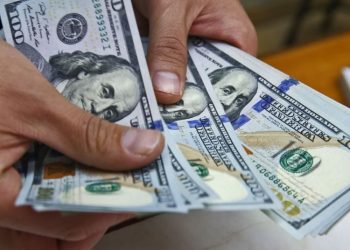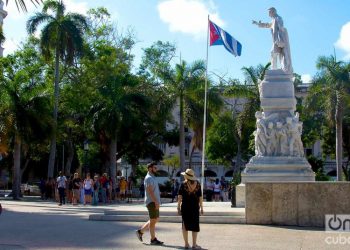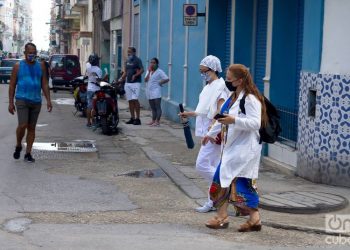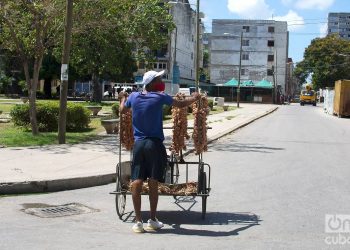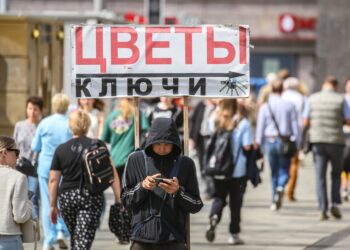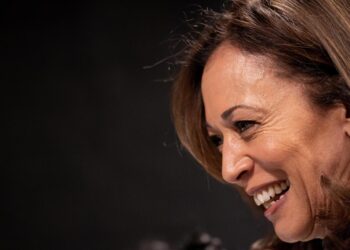Emergency use of Cuban medicine against COVID-19 approved
Help us keep OnCuba alive The Itolizumab monoclonal antibody, a creation of the Cuban Center for Molecular Immunology (CIM) that has shown its value in patients infected with coronavirus, was officially approved for use against this disease by the Cuban regulatory authority. The Center for State Control of Medicines, Equipment and Medical Devices (CECMED) confirmed this Friday the authorization for the emergency use of the drug as part of the protocol for the treatment of seriously and critically ill COVID-19 patients, the island’s media reported. Itolizumab “passed the preclinical stage of its research and proved to be safe for use in humans, in diseases such as psoriasis, multiple sclerosis and rheumatoid arthritis, which have a mechanism and behavior similar to COVID-19,” reported official television, quoted by the Cubadebate site. With its use, “the cytokine storm pattern produced by the disease caused by the new coronavirus decreases considerably and patients improve their respiratory capacity,” said CECMED. Dr. Kalet Monzón, deputy director of the CIM, commented that the approval not only officially authorizes its use in Cuban protocol, but also opens the door for it to be used in other countries. “This result will revitalize the research we are doing on this...


